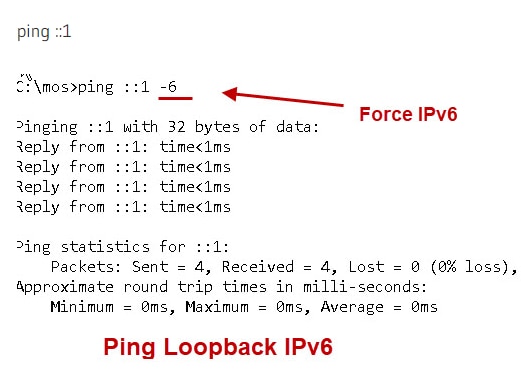This document provides information about IPv6 addresses and its relation to IPv4 addresses.
Internet Protocol (IP) is a communication protocol or set of rules for identifying devices on the network and routing data traffic on the Internet. Every device that is connected to the internet is assigned an IP address, a unique numerical address used for identifying devices on the internet. The two most common versions of internet protocols in use today are Internet Protocol version 4 (IPv4) and Internet Protocol version 6 (IPv6). Most devices (computers and smartphones, for example) support both these IP addresses.




